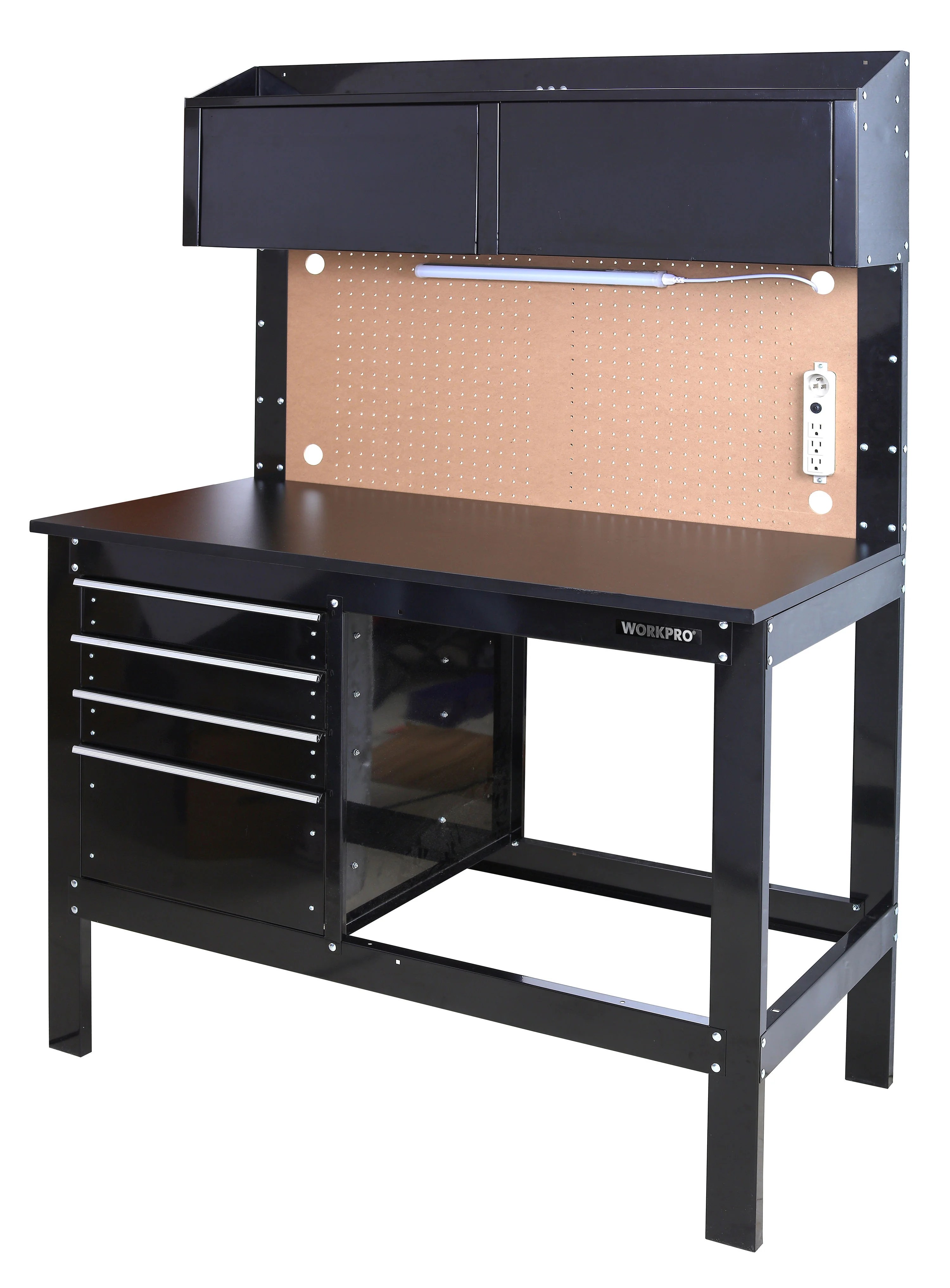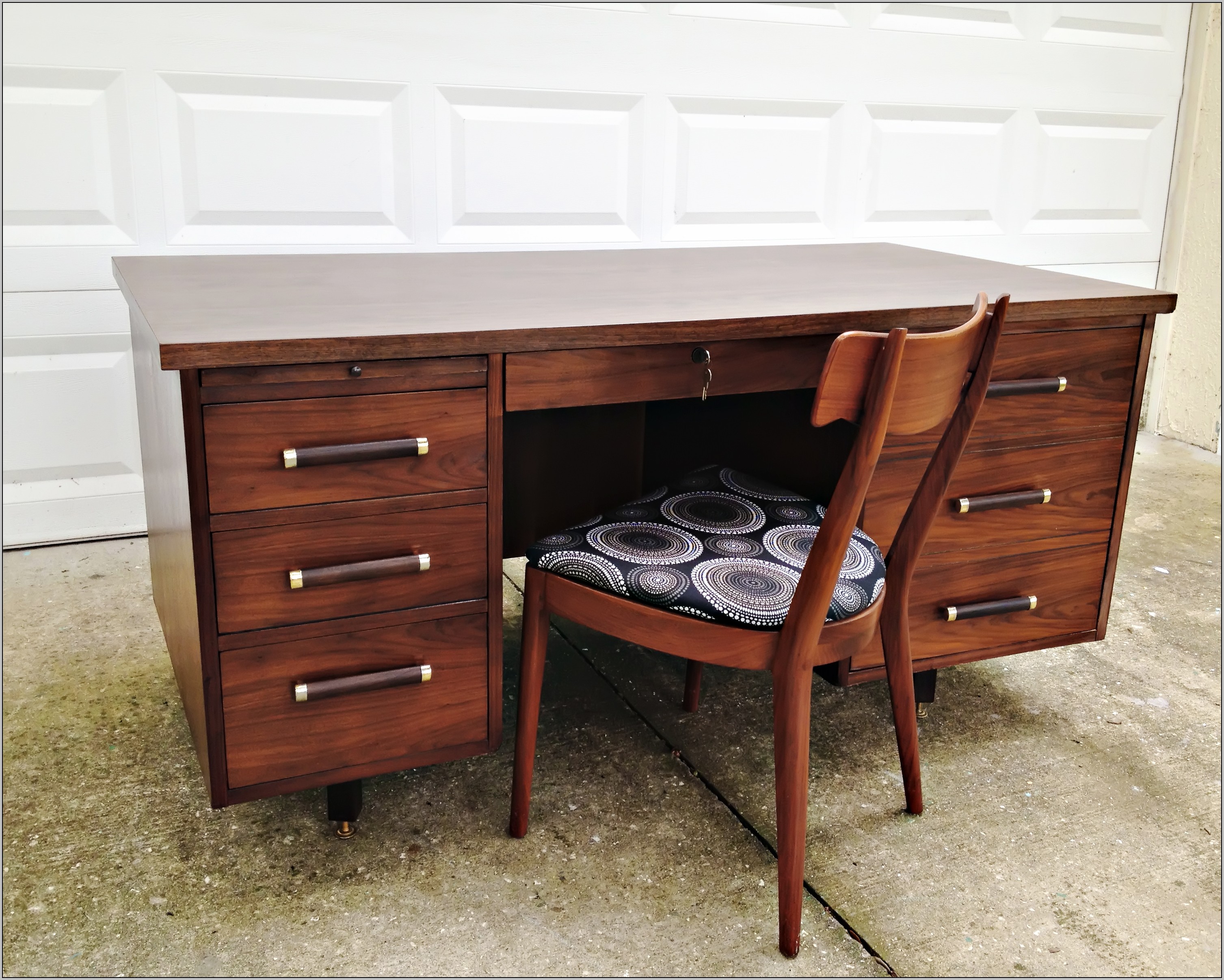 in.pinterest.com ```html
in.pinterest.com ```html Introduction: Building a Simple Wooden Birdhouse This post will guide you through the process of building a simple, yet functional, birdhouse using basic woodworking tools and readily available lumber. This project is perfect for beginners and can be completed in a weekend.
Materials and Tools: Before you begin, gather the following:
- Lumber: A single 1" x 6" x 8' pine board is usually sufficient.
- Fasteners: 1 1/4" exterior wood screws or nails.
- Wood Glue: Exterior grade wood glue.
- Saw: Circular saw, hand saw, or miter saw.
- Drill: With various drill bits.
- Measuring Tools: Tape measure, square.
- Sandpaper: Medium and fine grit sandpaper.
- Pencil.
- Clamps: (Optional but helpful).
Step 1: Cutting the Pieces: Use the following cut list as a guideline. Adjust measurements as needed based on your specific lumber and desired birdhouse size. Remember to double-check your measurements before cutting!
- Front: 6" wide x 8" high (one piece).
- Back: 6" wide x 10" high (one piece).
- Sides: 6" wide x 7" high (two pieces).
- Bottom: 6" wide x 6" deep (one piece).
- Roof: 6" wide x 8" deep (two pieces).
Step 2: Drilling the Entrance Hole: Choose a drill bit size appropriate for the birds you want to attract (1 1/2" is a good general size for many common birds). Drill the entrance hole in the center of the front piece, about 2 inches from the top.
Step 3: Assembling the Box: Apply wood glue to the edges of the bottom piece and attach the sides. Secure with screws or nails. Ensure the sides are square to the bottom. Clamp if necessary. Repeat this process attaching the front and back pieces. The taller back piece should extend above the side pieces, creating a slant for the roof.
Step 4: Attaching the Roof: Apply wood glue to the top edges of the side, front, and back pieces. Attach the two roof pieces, overlapping them slightly at the peak. Secure with screws or nails. Make sure the roof overhangs the front of the birdhouse to provide some weather protection for the entrance hole.
Step 5: Adding Drainage and Ventilation: Drill a few small (1/4") holes in the bottom of the birdhouse for drainage. Also, drill a couple of similar-sized holes near the top of the sides for ventilation.
Step 6: Sanding and Finishing: Sand all surfaces of the birdhouse to remove any splinters and sharp edges. Focus on smoothing the edges around the entrance hole. You can leave the birdhouse unfinished or apply a non-toxic, water-based sealant or paint. Avoid bright colors or glossy finishes, as these can deter birds.
Step 7: Mounting the Birdhouse: Choose a suitable location for your birdhouse, away from predators and direct sunlight. You can mount it on a pole, tree, or fence post. Ensure it is securely attached.
Conclusion: Congratulations! You have successfully built a simple wooden birdhouse. With a little luck, you'll soon have some feathered friends moving in. Remember to clean out the birdhouse annually after the nesting season is over.
``` It's The End Of The World As The Democrats Know It: And No, They Aren't Feeling Fine (part I)
Kyle Hume
 genius.com
genius.com Happy Emoji With I Am Fine Concept, Flat Sticker
 in.pinterest.com
in.pinterest.com ![Rustic camp cabin big sky montana [1700x2560]](https://i0.wp.com/i.pinimg.com/originals/c2/a8/8f/c2a88f0e980bcdd1bbc09d904878fdd6.jpg) www.pinterest.com
www.pinterest.com  www.pinterest.com
www.pinterest.com  www.homestratosphere.com
www.homestratosphere.com  wallpaperaccess.com Here's a guide to building a simple DIY birdhouse, broken down into step-by-step instructions suitable for beginners:
wallpaperaccess.com Here's a guide to building a simple DIY birdhouse, broken down into step-by-step instructions suitable for beginners:  www.grainger.com
www.grainger.com  4hab.com
4hab.com :max_bytes(150000):strip_icc()/HeaderWoodenSpoons-9f7b62b656824f77a76a06dd0efd37b9.jpg) ar.inspiredpencil.com ```html
ar.inspiredpencil.com ```html  beautexwood.com
beautexwood.com  www.pinterest.com
www.pinterest.com  www.homedepot.com
www.homedepot.com  www.walmart.com
www.walmart.com  www.mysql.com
www.mysql.com  www.woodsmithplans.com
www.woodsmithplans.com  www.walmart.com
www.walmart.com  www.flowerstalk.ca
www.flowerstalk.ca  www.freepik.com
www.freepik.com  handicraftshome.com
handicraftshome.com  www.vecteezy.com
www.vecteezy.com  commons.wikimedia.org
commons.wikimedia.org  www.pexels.com
www.pexels.com  www.pinterest.co.uk
www.pinterest.co.uk  www.pinterest.co.kr
www.pinterest.co.kr  diyoutdoorlighting.blogspot.com
diyoutdoorlighting.blogspot.com  millhollowworks.org
millhollowworks.org  octopusdoors.com.au
octopusdoors.com.au  www.pinterest.de ```html
www.pinterest.de ```html  sketchup.cgtips.org
sketchup.cgtips.org  www.homedepot.com ```html
www.homedepot.com ```html  atelier-yuwa.ciao.jp
atelier-yuwa.ciao.jp  joybird.com
joybird.com  housefur.com
housefur.com  www.anguloconsulting.com
www.anguloconsulting.com